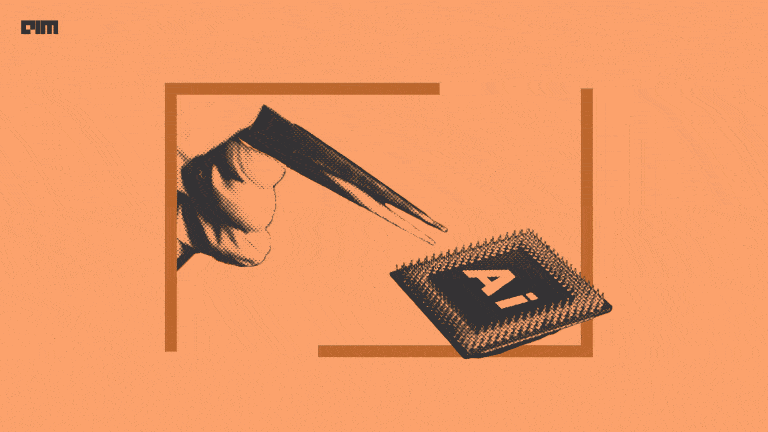
Earlier this year, Imperial College of London and the University of Gottingen together made an artificially intelligent bionic hand. This invention is worth mentioning because this bionic hand learns with experience with the help of artificial intelligence to improve its performance. They tested their prototypes on five prosthetic end users and found incredible results.
According to a survey, 185,000 people have amputations each year. This means that 300 to 500 amputations are performed every day. And about 30% of people with limb loss experience depression and/or anxiety.
AI Verses Old Tech
The fluid motion of prosthetics was achieved using machine learning algorithms. The AI interprets the muscular signal from the brain activity and helps in making more natural movements.
According to the researchers involved in this AI bionic hand, published on Science Robotics, the new machine learning-based control was far better at providing natural, fluid movements than the currently available technology. The current technology that does not embed AI in it, works by directly controlling the prosthetic motors with a few muscular signals. But this AI-enabled bionic hand uses a human-machine interface to interpret the patient’s intentions and sends commands to the artificial limb. It has eight electrodes which are used to pick up weak electrical signals from the patient’s stump. After training the algorithm and the user, the regression model was uploaded to the embedded system and used to control the prosthesis instead of a virtual cursor. As in conventional control, the prosthesis was controlled in velocity-control mode. The stronger the user contracted, the faster the prosthesis moved. The patient and bionic hand underwent training so the machine learning algorithm could learn how to interpret their unique electronic signals.
With the help of a mini-computer which is located inside the prosthetic, the signals are first amplified and sent to this mini-computer inside the prosthetic. The mini-computer then runs the machine learning algorithm to interpret the signals, before commanding the hand’s motors to move in the way the patient wants.
Results
The patients with this AI Bionic hand found that they could rotate the wrist or open the hand either simultaneously or separately. They also found the movements far more natural than the conventional bionic limbs they were used to. They could also control the speed of the individual limb movement independently. For example, patients could turn the hand slowly but open it quickly at the same time. “The new bionic hand is not only more natural but it is also superior in terms of functionality in daily tasks than what’s currently available to patients,” said Dario Farina of Imperial College.
With specific longitudinal training, such as proposed in (10), the number of individuals who could benefit from our approach would most likely increase. The feedback on the users was also very positive and they found the AI bionic hand control to be very intuitive. According to the paper, the users did not need to switch between functions or concentrate on the slew rate of their EMG signals.
Future
The researchers are planning to investigate the range of motion and the extent of compensatory motions depending on the controller, in the future. This new invention of AI-enabled bionic hand may pave way for gen-next prosthetics and help with people with providing ease with which they can perform tasks. “Following this clinical study, we hope to have this available on the market for patients within three years,” Faria said. Since this new technology has proved to provide ease for movements, it will benefit the users with movements. The artificial intelligent part of the bionic hand will provide an extra advantage and ease, helping them in a big way with their daily activities.


















































































